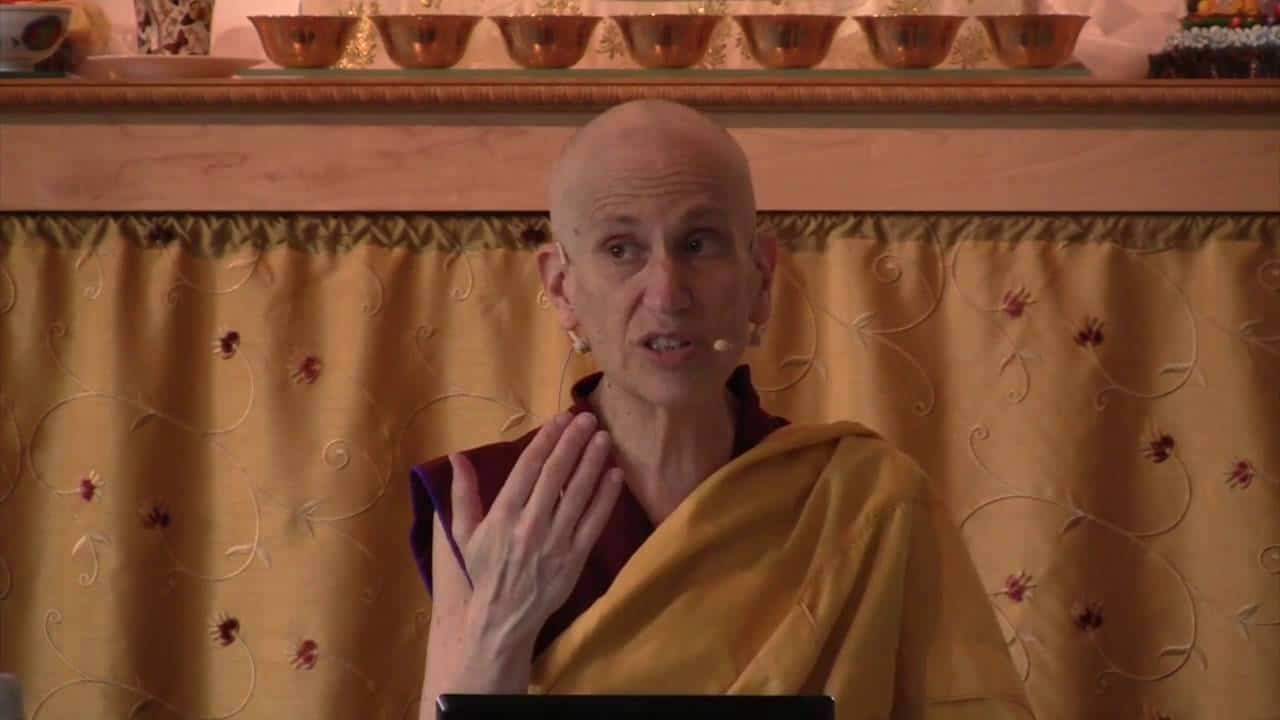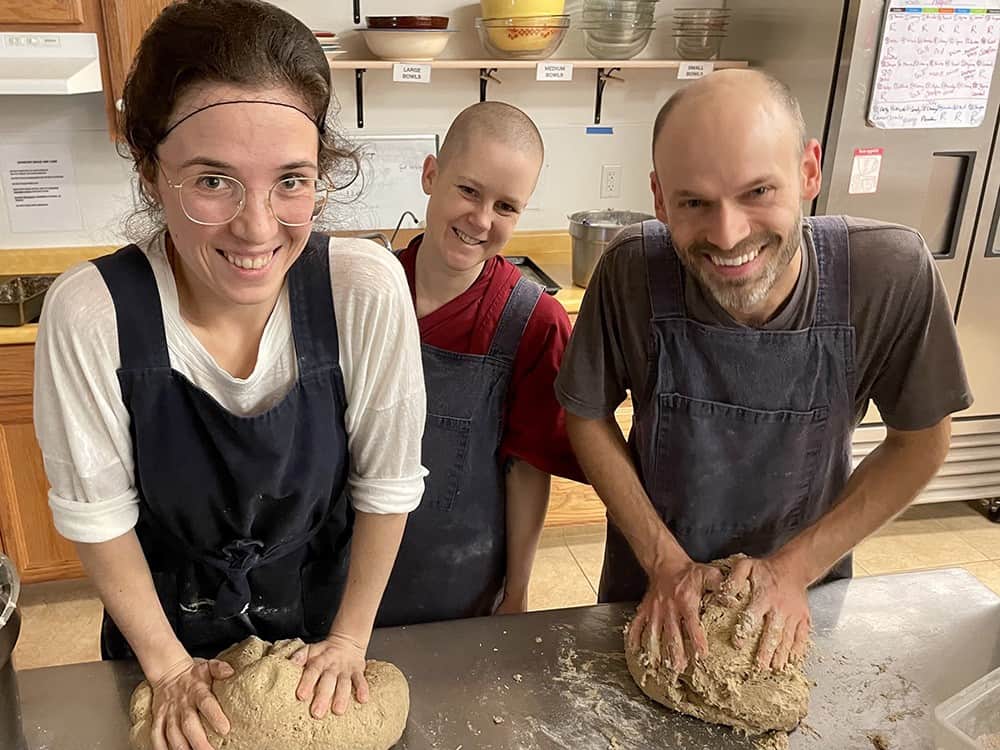Contemplating the eight types of dukkha, part 1
The text turns to training the mind on the stages of the path shared with intermediate level practitioners. Part of a series of teachings on the Gomchen Lamrim by Gomchen Ngawang Drakpa. Visit Gomchen Lamrim Study Guide for a full list of contemplation points for the series.
- The four truths known by the aryas and the aspiration for liberation
- The order of the four truths
- The importance of reflecting on the unsatisfactory nature of our situation
- Contemplating the eight types of dukkha in detail
- The dukkha of birth
- The dukkha of aging
- The dukkha of sickness
- The dukkha of death
Gomchen Lamrim 43: The eight types of dukkha, part 1 (download)
Contemplation points
- Consider the five aspects of the dukkha of birth in depth:
- as a source of pain
- associated with dysfunctional tendencies (makes it hard to create virtue)
- it is the basis for all the others suffering we experience
- it is the basis for all the afflictions
- it will result in unwanted separation (death)
- Consider the five aspects of the dukkha of aging in depth:
- our body declines
- our strength fails us
- our senses deteriorate
- our enjoyment of objects lessens
- life degenerates
- Consider the five aspects of the dukkha of sickness in depth:
- the physical transformation
- mental anguish
- no desire for attractive things
- must undergo unpleasant treatments
- you die
- Consider the five aspects of the dukkha of death in depth:
- separation from the body
- separation from your belongings
- separation from dear relatives
- separation from friends
- mental anguish
- Meditating on these points can be difficult, but it is not meant to make us depressed. Rather, it is to recognize the situation that we are in and aspire to be free of it. Having meditated on these points and understanding the disadvantages of craving a body in cyclic existence, resolve to practice the path so that you can be free of the cycle of birth, aging, sickness, and death.
Venerable Thubten Chodron
Venerable Chodron emphasizes the practical application of Buddha’s teachings in our daily lives and is especially skilled at explaining them in ways easily understood and practiced by Westerners. She is well known for her warm, humorous, and lucid teachings. She was ordained as a Buddhist nun in 1977 by Kyabje Ling Rinpoche in Dharamsala, India, and in 1986 she received bhikshuni (full) ordination in Taiwan. Read her full bio.


